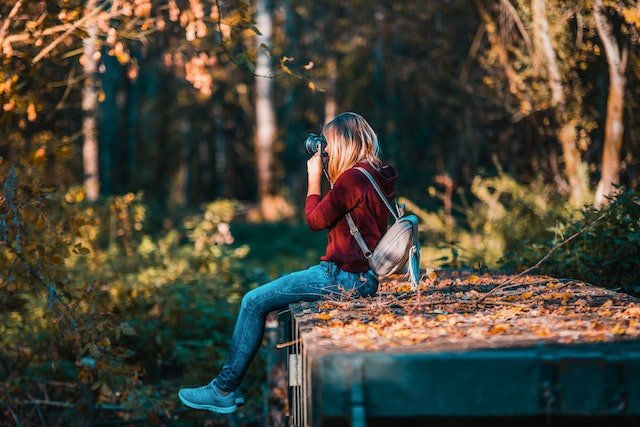Introduction
Photography is an art form that has become increasingly popular in recent years. With the advent of smartphones and social media, it has become easier than ever before to capture and share images with the world. In this blog, we will explore the art of photography and discuss some tips and tricks for taking great photos.
Understanding Composition
One of the most important aspects of photography is composition. A good composition can turn an ordinary photo into something extraordinary. There are many different rules and guidelines that photographers use when composing their shots, such as the rule of thirds, leading lines, and symmetry.
The rule of thirds is a guideline that suggests dividing the frame into thirds both horizontally and vertically, and placing the subject at one of the intersection points. This can create a more dynamic and visually interesting image.
Leading lines are another composition technique that can be used to draw the viewer's eye into the frame. These can be anything from natural lines like a road or river, to man-made lines like fences or buildings.
Symmetry is another powerful composition tool that can create a sense of balance and harmony in your images. This can be achieved by placing the subject in the center of the frame or by using a symmetrical scene like a reflection or pattern.
Choosing the Right Equipment
While it's true that you don't need a fancy camera to take great photos, having the right equipment can make a big difference. If you're serious about photography, investing in a quality camera and lenses can help you take your images to the next level.
There are many different types of cameras on the market, from compact point-and-shoots to professional DSLRs. When choosing a camera, consider your budget, your skill level, and what type of photography you'll be doing. If you're just starting out, a mid-range DSLR or mirrorless camera with a kit lens is a good option.
In addition to the camera itself, lenses are also an important consideration. Different lenses have different focal lengths, which affect the angle of view and the magnification of the subject. A wide-angle lens is great for landscape photography, while a telephoto lens is ideal for sports and wildlife photography.
Mastering Light
Lighting is one of the most important factors in photography, as it can make or break a shot. Understanding how to use and manipulate light can help you create more interesting and dynamic images.
There are many different types of light, including natural light, artificial light, and ambient light. Natural light, such as sunlight or moonlight, is often the most beautiful and can create stunning effects when used correctly.
When shooting outdoors, try to take advantage of the golden hours – the hour after sunrise and the hour before sunset – when the light is softer and more flattering. If you're shooting indoors, consider using a flash or other artificial lighting to create the desired effect.
Post-Processing
Once you've taken your photos, post-processing is an important step in bringing out the best in your images. This can involve anything from simple adjustments like cropping and color correction, to more complex edits like removing objects or adding effects.
There are many different software programs available for post-processing, from free options like GIMP and Lightroom, to more advanced programs like Photoshop. When choosing a program, consider your skill level and what type of editing you'll be doing.
Conclusion
Photography is a fascinating and rewarding art form that can be enjoyed by anyone. Whether you're a beginner or a seasoned pro, understanding composition, choosing the right equipment, mastering light, and post-processing are all essential skills for taking great photos. So get out there and start capturing the world through your lens!

